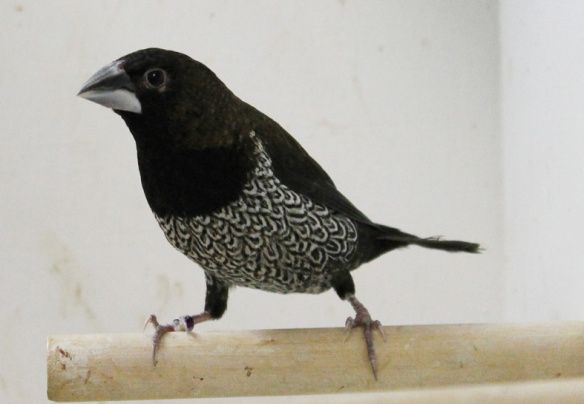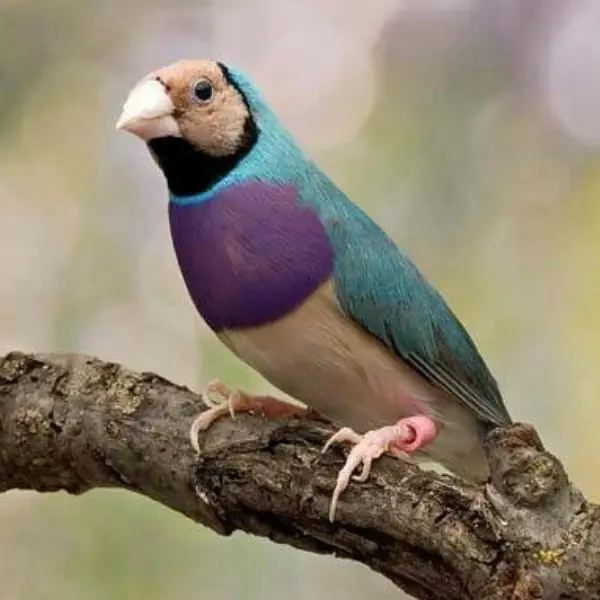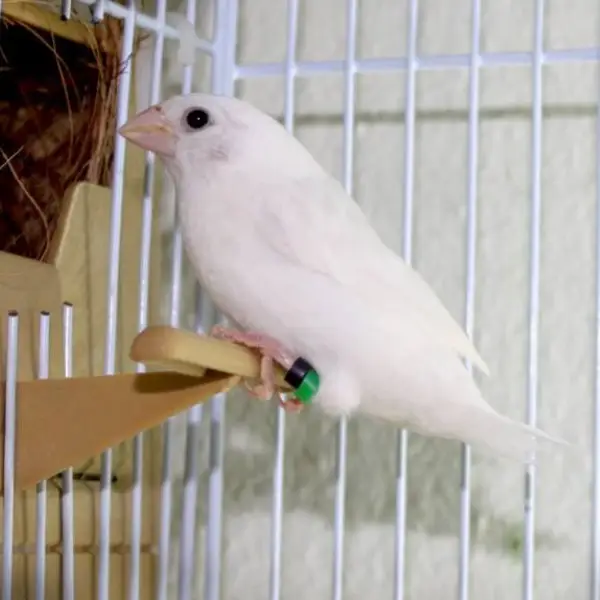Free shipping order over 20,000
Euro Bengalese
₨ 3,800 Original price was: ₨ 3,800.₨ 3,000Current price is: ₨ 3,000.
- Scientific Name: Lonchura striata domestica
- Size: About 11-12 cm (4.3-4.7 inches) in length.
- Color:
- Body: The coloration varies widely due to selective breeding, but typically includes shades of brown, gray, white, and even pastel colors.
- Head: Can range from dark brown to white, depending on the specific color morph.
- Wings: Generally match the body color, with variations depending on the morph.
- Tail: Tail feathers vary in color but are generally consistent with the body color.
- Beak: Short, conical, and adapted for seed eating, commonly reddish or orange.
- Legs and Feet: Typically pinkish or brown.
Share
Share on facebook
Share on email
Important Keys:
Habitat:
- Distribution: The Euro Bengalese is not a wild species but rather a domesticated form of the Bengalese Finch. It originated from the wild Bengalese Finch (Lonchura striata) in the Indian subcontinent and has been bred in Europe and other parts of the world.
- Environment: Commonly kept in aviaries, birdcages, and indoor environments. It thrives in environments with plenty of space for flying and foraging.
Diet:
- Primary Food: Seeds, grains, and occasionally small insects. In captivity, they are often fed a balanced diet of millet, canary seed, and specially formulated finch mixes.
- Feeding Behavior: Forages on the ground in captivity, pecking at seeds and small food items. In the wild, similar feeding habits are observed.
Breeding:
- Nesting: Builds nests in aviaries or cages, using provided nesting materials like grasses, leaves, and feathers. Nests are typically enclosed and round.
- Egg Quantity: Lays 4-6 eggs per clutch.
- Incubation Period: About 12-14 days.
- Fledging: Chicks fledge around 18-21 days after hatching.
Lifespan:
- In Captivity: Can live up to 10-12 years or more with proper care and a balanced diet.
Behavior:
- Social Structure: Highly social and enjoys the company of other finches. Often seen in pairs or small flocks in captivity. They are lively, active, and enjoy interaction with their environment.
- Vocalization: Produces a variety of chirps and calls. The vocalizations are generally soft and pleasant, used for communication within flocks and during mating.
Additional Information:
- Color Variations: The Euro Bengalese is known for its wide range of color mutations due to selective breeding. Common variations include:
- White: Pure white coloration.
- Black: Dark black feathers with or without white markings.
- Pastel: Soft, muted colors like pale yellow or blue.
- Fawn: Light brownish or beige tones.
![]()
Be the first to review “Euro Bengalese” Cancel reply
Related Products
-
-13%
Blue Star Finch
₨ 23,000Original price was: ₨ 23,000.₨ 20,000Current price is: ₨ 20,000. -
-20%
Owl Finch
₨ 20,000Original price was: ₨ 20,000.₨ 16,000Current price is: ₨ 16,000. -
-20%
Lotino Gouldian Finch
₨ 15,000Original price was: ₨ 15,000.₨ 12,000Current price is: ₨ 12,000. -
-43%
Blue Gouldian Finch
₨ 35,000Original price was: ₨ 35,000.₨ 20,000Current price is: ₨ 20,000. -
-25%
Common Cut-throat
₨ 24,000Original price was: ₨ 24,000.₨ 18,000Current price is: ₨ 18,000. -
-19%
White Bengalese
₨ 1,850Original price was: ₨ 1,850.₨ 1,500Current price is: ₨ 1,500. -
-20%
White Zebra Dove
₨ 43,750Original price was: ₨ 43,750.₨ 35,000Current price is: ₨ 35,000. -
-20%
Crested Dove
₨ 43,750Original price was: ₨ 43,750.₨ 35,000Current price is: ₨ 35,000.
Sign Up for Exclusive Birds Care Tips and Offers from Phool Panchi
Company links
Category
Contact
© 2024 Phool Panchi | Developed By v3Studio














Reviews
There are no reviews yet.